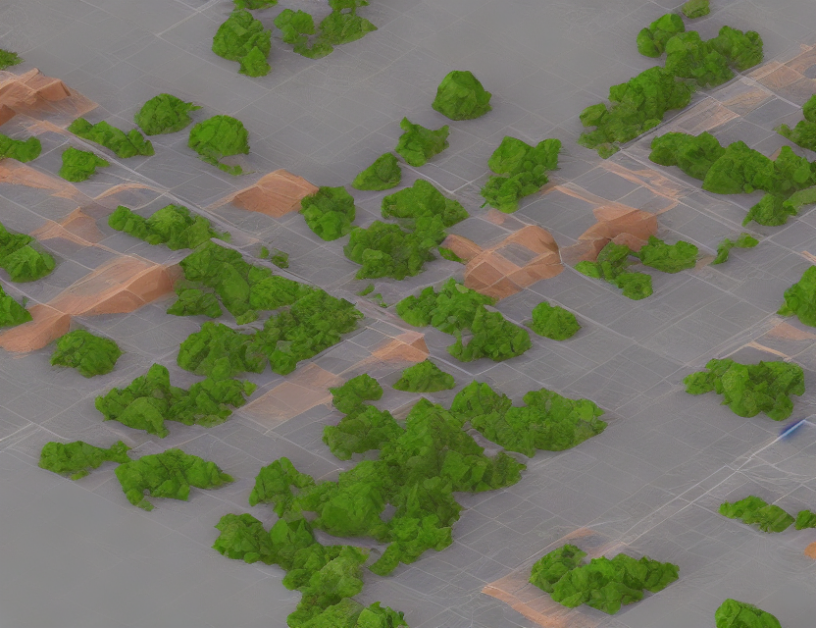In this article, we explore the recent advancements in diffusion models for computer vision tasks, including image processing, video analysis, point cloud processing, and human pose estimation. Diffusion models are a class of deep learning techniques that have shown great promise in these applications by leveraging the power of data augmentation through image synthesis.
The key insight behind diffusion models is to represent images as a probabilistic distribution over their pixels, rather than a deterministic mapping from pixel values to an image. This allows for more flexible and robust representations, enabling the model to adapt to different tasks and data distributions. By iteratively refining the generated images through a process of diffusion, these models can learn to represent complex visual concepts with high accuracy.
One of the main advantages of diffusion models is their ability to operate without explicit labels or supervision. Instead, they can learn from a large dataset of unlabeled images and use this knowledge to improve performance on specific tasks. This makes them particularly useful for tasks where labeled data is scarce or difficult to obtain.
The article highlights several applications of diffusion models in computer vision, including image segmentation, object detection, and image generation. In each case, the authors demonstrate how diffusion models can be used to improve performance and adapt to different task requirements.
To achieve their results, the authors employ a range of techniques, such as probabilistic modeling, variational inference, and iterative refinement. These methods allow them to generate high-quality images that are both visually plausible and semantically consistent with the input data.
Overall, this article provides a comprehensive overview of diffusion models for computer vision tasks and highlights their potential for improving performance in a wide range of applications. By leveraging the power of data augmentation through image synthesis, these models offer a promising approach to addressing some of the challenges in computer vision research.
Computer Science, Computer Vision and Pattern Recognition
Diffusion Models for Image Segmentation and Generation



